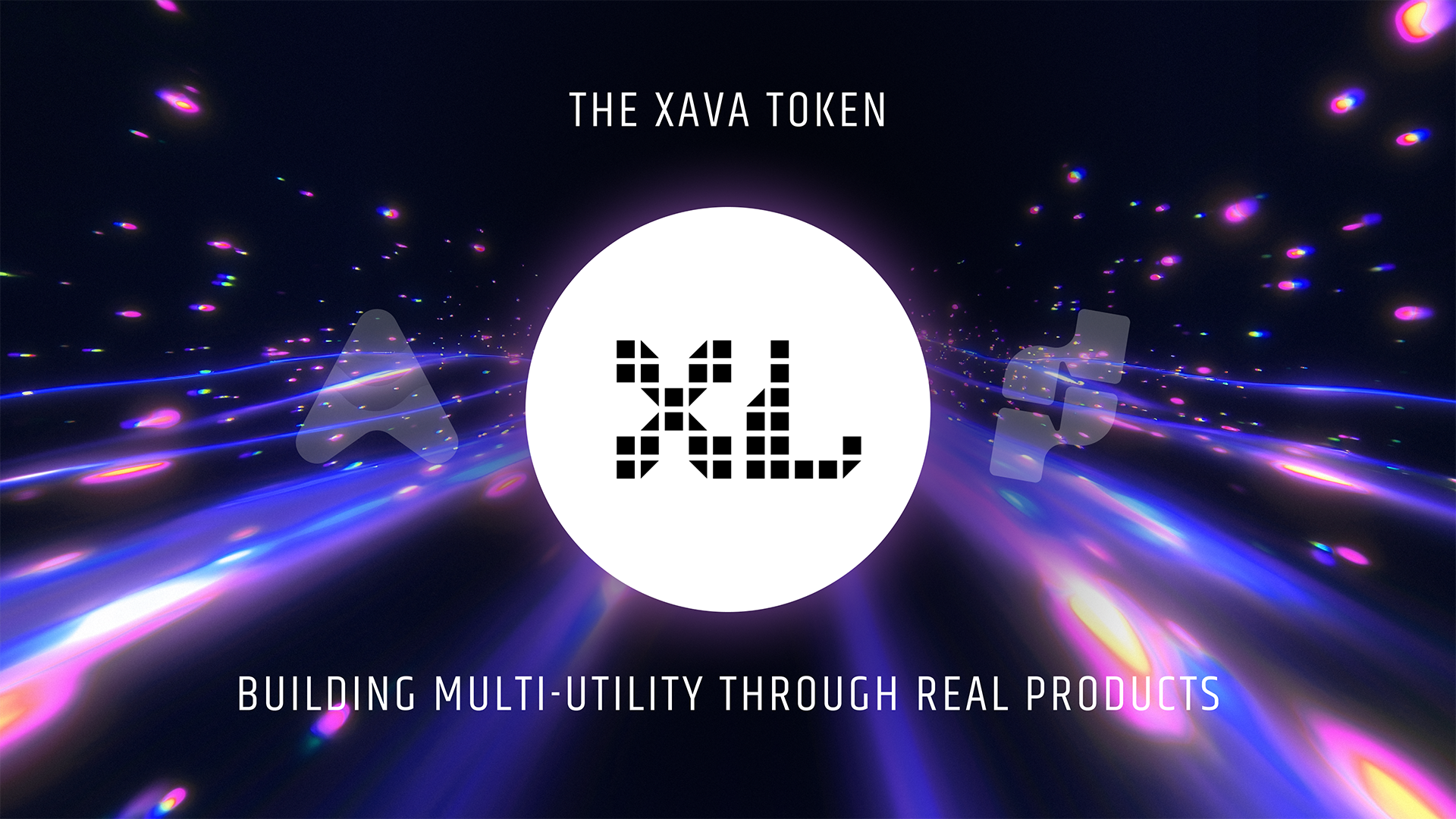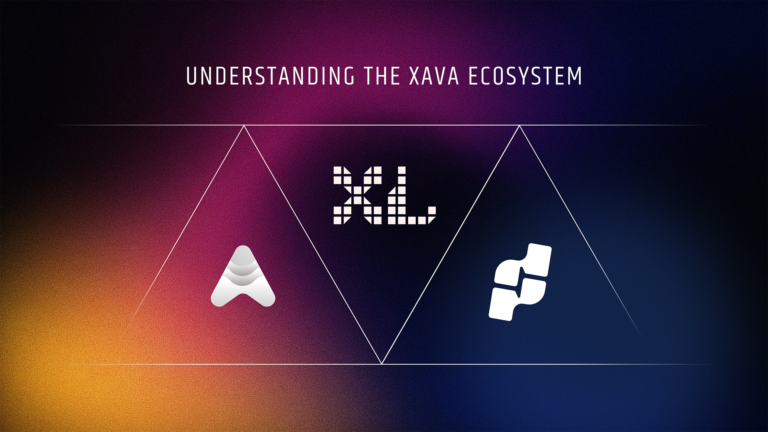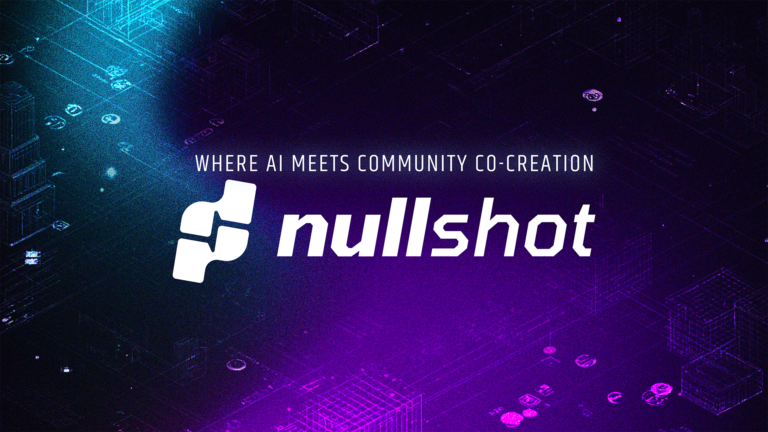The Philosophy
XAVA Labs operates on a core principle: “We’re not just building products; we’re architecting an economy.”
The XAVA token evolves through expansion rather than redesign or pivot. Every new application from XAVA Labs adds fresh utility layers without replacing existing functionality. This approach stems from studying what works and what fails in crypto tokenomics.
The Single-Utility Problem
The crypto industry learned an expensive lesson over the last several years: single-utility tokens face a fundamental economic problem called the velocity trap.
The equation is simple but brutal: MV = PQ (where M equals token value, V equals velocity, P equals price level, Q equals quantity of transactions). When tokens serve only one narrow purpose, especially payments, users hold them for seconds instead of days. Velocity rates hit 50 to 100 or higher, creating constant downward price pressure.
The data tells the full story. Nearly 2,000 projects raised $13 billion during the ICO era. Over 1,600 failed within two years. The pattern was consistent: single narrow use case leads to extreme velocity, which leads to inability to capture platform value, which leads to price collapse. The problem persists today.
Uniswap generated over $1 billion in annual protocol fees for years, yet UNI token holders captured none of it. Governance-only utility meant the token couldn’t reflect the protocol’s massive success, earning it the “useless governance token” label despite Uniswap’s dominance.
The portfolio theory evidence is equally stark. Research analyzing token performance from 2020 to 2024 reveals that multi-utility tokens achieve:
- 30 to 50 percent lower annual volatility than single-utility tokens
- 2 to 3 times better survival rates through market cycles
- 100 percent or higher Sharpe ratios (risk-adjusted returns)
- 50 percent faster recovery times from market drawdowns
Multi-utility tokens function like diversified portfolios. When one demand source weakens (say, trading volumes decline), others compensate (staking, governance, new product usage). Single-utility tokens inherently lack this resilience. When their one use case faces headwinds, there’s no floor.
XAVA’s expansion stems from a strategic reality: single-utility tokens face structural disadvantages. For XAVA to continue to thrive, a pathway to multi-utility design is required.
The Strategic Shift
XAVA Labs frames the approach directly: “Your XAVA tokens are becoming multi-utility assets that anchor a growing ecosystem of omni-chain protocols and capture the value generated across that entire landscape.”
Every project follows the same discipline:
- Identify genuine market needs
- Develop solutions that create new on-chain behavior
- Integrate XAVA token utility
This third point is key. Every product from XAVA Labs is built with XAVA into its DNA from inception.
Expanded Utility
XAVA will be a unified system for AI creation, tokenized ownership, and permissionless funding with the XAVA token being key to owning that convergence. The XAVA token anchors the ecosystem, streaming rewards from origination activity via newly tokenized components. Together, they lay the foundation for the new economy where AI, capital, and collaboration operate in unified alignment.
XAVA Utilities
- Gas – Powers transactions and contracts on the XAVA L1.
- Staking & Validation – secures the network and earns validator rewards.
- Launch Access & Allocation – grants entry to omnichain from Day Zero launches.
- Streams – delivers new tokens directly to stakers.
- Revenue Capture – accrues fees and AI-driven income back to holders/stakers.
- Governance & Treasury Rights – enables protocol voting and treasury influence.
- Ecosystem Access Layer – required for deploying, interacting with, and monetizing apps, agents, and tools built on the XAVA network.
The future economy will arise from the convergence of AI, internet-native collaboration, and open capital markets.
XAVA Labs is building an omnichain platform for the origination of tokens that reflect real, AI-driven value creation. The system integrates AI orchestration, collaborative build environments, and transparent capital formation. Designed to be deeply non-extractive, ensuring value flows correctly to contributors and participants.
Following Proven Patterns
XAVA’s expansion blueprint comes from studying successful precedents. This path has been validated by tokens that made the single to multi-utility shift work.
Pattern #1: Phased Rollouts Minimize Risk
Ethereum took five years to transition from Proof-of-Work to Proof-of-Stake (Beacon Chain 2020, Merge 2022, Shapella 2023). BNB expanded from exchange fee discounts to BSC gas token gradually. Chainlink grew staking caps progressively: 25M to 45M to 75M LINK.
The lesson: Major utility additions require time. Each phase validates assumptions before scaling further.
Pattern #2: Staking Reduces Velocity
Many of the most successful token transitions added staking mechanisms. The reason is straightforward: locking tokens removes them from circulation, directly attacking the velocity problem. Ethereum currently has 26 percent or more of supply staked (35.3 million ETH), fundamentally changing token dynamics.
XAVA’s staking addition follows this pattern, first for IDO access and now, ecosystem benefits.
Pattern #3: Fee Distribution Creates Sustainable Value
Tokens with direct revenue sharing dramatically outperform governance-only models. AAVE’s Safety Module distributes protocol fees to stakers. Curve sends 50 percent of fees to veCRV holders. Raydium uses 97 percent of fees for buybacks, resulting in $360 million in buy pressure during December 2024 alone.
Nullshot’s fee distribution to XAVA holders follows this highest-performing pattern.
Pattern #4: Governance Needs Economics
UNI generated over $1 billion annually in protocol fees for years while the governance-only token languished. When fee-sharing discussions resumed in 2024, UNI jumped 40 percent on speculation alone, validating that governance without economics is insufficient.
The Value Capture Hierarchy
Analysis of 2020 to 2024 token performance reveals which mechanisms work best:
Tier 1 (Most Effective):
- Fee Distribution (direct revenue share)
- Deflationary Burns (ETH burned $10B+ via EIP-1559)
Tier 2 (Sustainable):
- Buyback Programs (Raydium’s 97 percent model)
- Usage-Driven Yields (Chainlink staking for oracle security)
Tier 3 (Weakest):
- Governance-Only (UNI pre-fee switch)
The compounding effect works like this: More products using XAVA creates more reasons to hold. More holders creates more liquidity across chains. More liquidity creates better user experience. Better experience creates more users, which creates more demand.
Why They Outperform: The Data
The shift from single-use is backed by compelling performance data and behavioral research.
The Quantitative Evidence
Comparative analysis of token performance across multiple market cycles (2020 to 2024) reveals stark differences:
| Metric | Single-Utility Tokens | Multi-Utility Tokens | Improvement |
| Annual Volatility | 85 to 120% | 55 to 75% | 35% lower |
| Maximum Drawdown | -85% to -95% | -60% to -75% | 20% better |
| Sharpe Ratio | 0.3 to 0.6 | 0.7 to 1.2 | 100%+ higher |
| Survival Rate (4 years) | 20 to 30% | 65 to 75% | 3x better |
| Recovery Time | 18 to 24 months | 8 to 12 months | 50% faster |
These tokens are more stable, resilient, and likely to survive market cycles. The reason is diversified demand sources creating natural hedging.
The Portfolio Effect
Different utilities show imperfect correlation, meaning when one demand source weakens, others compensate, functioning like mini-portfolios.
Consider how BNB’s utilities correlate:
- Trading fee discounts: 0.40 correlation with exchange volumes
- Gas fees (BSC): Correlated with DApp usage (different cycle)
- Token burns: Inversely correlated with supply (automatic hedge)
- Launchpad participation: Event-driven (different trigger)
This creates natural stability. When trading volumes decline in bear markets, the use of truly useful applications may hold steady or even grow, preventing total value collapse.
The Velocity Management
The single-utility payment token problem produces velocity rates of 50 to 100 or higher, creating perpetual sell pressure.
Multi-utility tokens achieve dramatically lower composite velocity by balancing:
- High-velocity utilities (50 to 100+): Transaction fees, payments
- Medium-velocity utilities (15 to 50): Service access, short-term staking
- Low-velocity utilities (5 to 15): Governance, long-term staking, collateral
Target for healthy multi-utility token: composite velocity of 5 to 15.
What the Market Is Validating Right Now
The crypto market in 2024 to 2025 has decisively separated sustainable tokenomics from unsustainable. The patterns that have emerged are hard to miss.
Real Yield Is Winning
Projects using protocol revenue to create tangible value for holders dramatically outperform pure inflationary models:
- Raydium: 97 percent of fees fund buybacks, producing $360 million in buy pressure (December 2024) and 45 million RAY (10 percent of supply) repurchased
- Aerodrome: Vote-escrow model plus revenue distribution creates sustainable yields tied to real usage
- Bananagun: 40 percent fee distribution produces 218 percent return in 2024
The whole of the data confirms: Over 72 percent of top-performing crypto projects in 2024 credited strong tokenomics (real yield, buybacks, fee distribution) as the key driver of value retention.
What’s Being Abandoned
The market is actively rejecting:
- Low float, high FDV launches: Team/investor allocations over 50 percent face immediate community backlash
- Pure points farming: 15 of 30 major 2024 airdrops showed losses. Starknet (STRK) down 64 percent, Wormhole down 73 percent from ATH
- Governance-only tokens: Activists pushing Polygon to eliminate 2 percent inflation shows governance alone isn’t enough
- Inflationary yield farming: Unsustainable APYs that dilute faster than they create value
What This Means for Holders
Current state: XAVA operates on Avalanche (where Avalaunch operates).
As products like Nullshot are omnichain-native, XAVA utility expands across chains. This means deep liquidity across multiple chains where users can interact with the XAVA ecosystem from their preferred chain.
Your XAVA tokens are becoming more useful without changing fundamentally. To circle back to the aforementioned utilities:
- Gas – Powers transactions and contracts on the XAVA L1.
- Staking & Validation – secures the network and earns validator rewards.
- Launch Access & Allocation – grants entry to omnichain from Day Zero launches.
- Streams – delivers new tokens directly to stakers.
- Revenue Capture – accrues fees and AI-driven income back to holders/stakers.
- Governance & Treasury Rights – enables protocol voting and treasury influence.
- Ecosystem Access Layer – required for deploying, interacting with, and monetizing apps, agents, and tools built on the XAVA network.
Growing Together
“As we expand the XAVA ecosystem and attract new users, we’re not leaving our founding community behind. We’re bringing everyone forward together. Every new application we build serves dual purposes: attracting fresh participants to the XAVA economy while creating additional utility layers for existing holders.”
Your XAVA tokens aren’t changing. They’re growing. More products. More utility. More reasons to hold.




